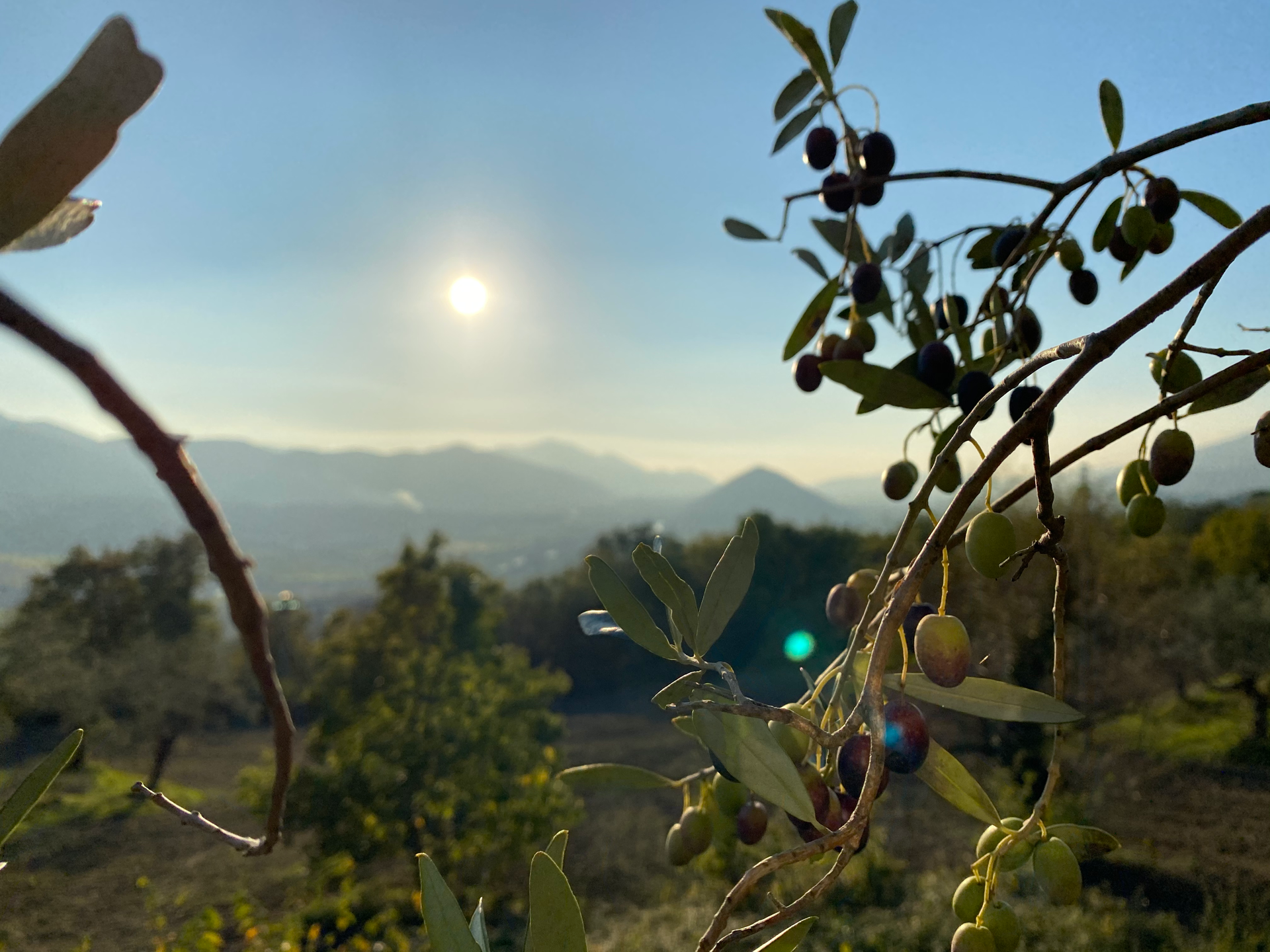THE FUTURE OF GASTRONOMY
BOLD, RIGHT?
GIVE US 2 MINUTES OF YOUR PRECIOUS TIME.
YOU WELL SEE, WE WELL CHANGE YOUR MIND.
Our products are harvested and stored exclusively in a natural way and without artificial preservatives. We follow all the rules of eco-sustainable agriculture, without ever disrespecting our territory and our lands.
We strictly respect the phases and maturation times of the products and if any problems arise we do not intervene in any way with the use of chemical treatments that can cause irreversible damage to our land and, as these are food products, to our organism.
To control weeds and pathologies we follow agro-ecological principles.
The fertilizations are organic and the practice of green manure with legumes is carried out, just as it was done 200 - 1000 and probably even 2000 years ago.
We now know for sure that these practices certainly do not cause any damage to our land and its biodiversity!
Can we say the same about ammonium nitrate-based fertilizers currently used on a large scale in intensive cultivation?
WE REALLY BELIEVE NOT!
Today most companies like ours grow dramatically over time thanks to state aid, and in just a few years they become real industries. Industry does not respect the times of nature, it must produce a lot, always and in increasingly higher quantities.
We call it the "AMERICAN MODEL" precisely because this concept of agriculture was born in America after the Second World War. Since then, fertilizers, pesticides and herbicides based on chemical compounds that are extremely harmful to the land, livestock and inevitably also to the final consumer have been introduced into agriculture.
The main problem with this type of agriculture is that it is creating irreversible damage to the biodiversity of the land.
Continuing in this wake means leaving a real DESERT for future generations.
We need to stop NOW, before it's too late!
By virtue of all this we have set ourselves production limits beyond which we do not go in order to be able to work with small quantities but of very high quality.
Returning to eco-sustainable agriculture is possible, it takes a lot of commitment, perseverance and above all education for the new generations who will have to be increasingly aware of what to eat, where to buy raw materials and how to choose them.
We are firmly convinced that in the future micro companies like us, which must in all ways remain MICRO companies, will lay the foundations for the future of increasingly sustainable agriculture by creating increasingly healthier, cleaner and fairer products.
This is why we talk to you about the gastronomic FUTURE!
PLEASE
LEARN MORE about everything we are talking to you about
OBSERVE THE ENTIRE PRODUCTION PROCESS CLOSELY
A BIT OF HISTORY...
The Caiazzana olive is a typical variety of the territory: Caiazzo. Hilly area that climbs from the Campania plain to the Matese massif. Its cultivation is very ancient: some great pre-medieval works have been found characterized by hollow stones used precisely for the transformation of olives. Some documents relating to the legislation of the Caiatino territory, the so-called Statutes of Alvignano and Chiazzo, drawn up between 1449 and 1497, regulate the oil sector, attesting to the importance that already in medieval times was attributed to the production of olives and oil quality . The fruit is characterized by an ellipsoidal shape with a rounded apex and a slightly flattened base and the color of the pulp is purplish black from the outside to the core. According to tradition, it is eaten cooked (in the oven), preserved in brine or oil, but there are also some local variations of conservation, for example under the ashes.

PLACE

CULTIVATION AND HARVEST
The farms cultivate a total of about 15 hectares of olive groves, following the rules of eco-sustainable agriculture, using the practice of green manuring and organic fertilization. Traditionally it is harvested by hand when the olive is half veraison, in the period between October and November.

